Filed under: Anarchist Movement, Featured, Getting Organized
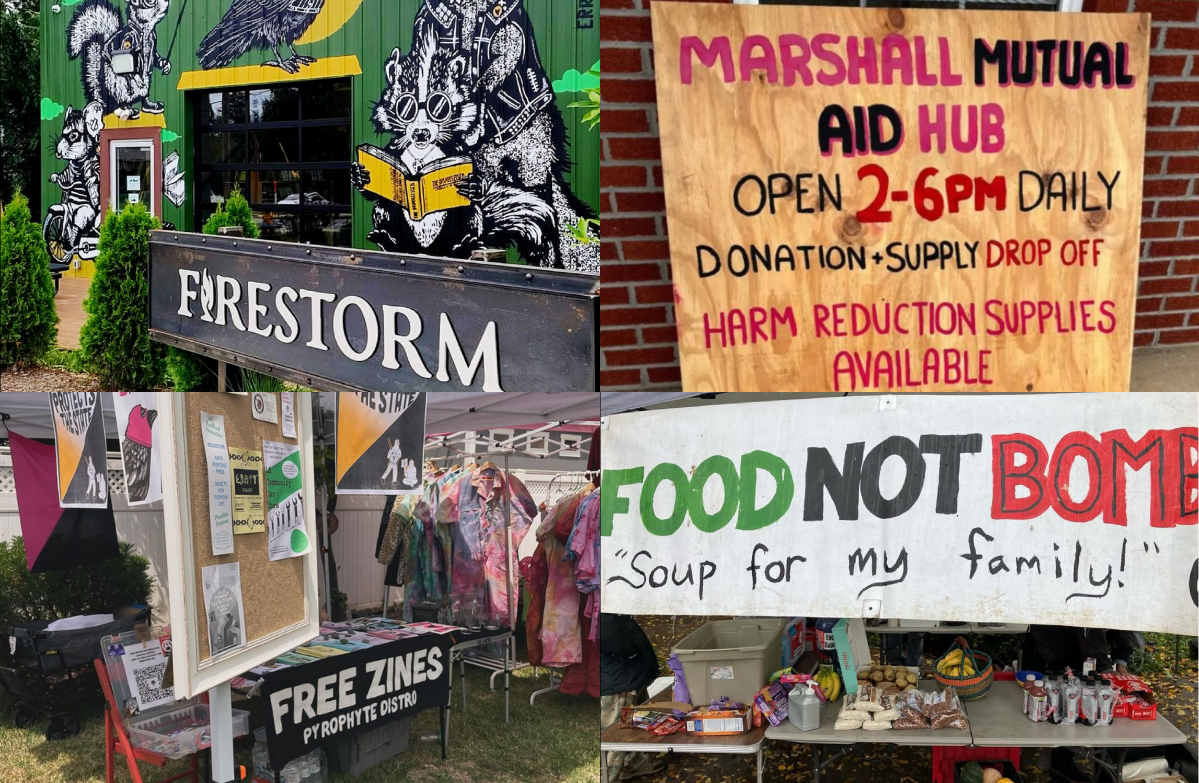
No one knows what is going to happen with the election on November 5th in the US, but what we do know is that both candidates are deeply unpopular with vast amounts of the population. Republican Donald Trump pushes far-Right conspiracy theories, calls for mass deportations, and for the military to shoot protesters. Democrat Kamala Harris continues to support the ongoing war and genocide in Gaza. Neither candidate offers any real solution to growing anger around the rising cost of living, skyrocketing rents, endless wars, militarization of the police, and the unfolding climate crisis which this summer fueled massive wildfires and catastrophic hurricanes. What does seem certain is that if Trump loses, he will contest the election through a variety of means.

If Trump wins, this will kick off a new wave of street action, as communities across the US will mobilize against threats of mass deportations and beyond. If Trump and his supporters go through with their plans to purge the federal government of “disloyal” workers, unions may also call strikes and grind things to a halt. On the other hand, if Harris wins, the Democratic Party will continue to move to the right while a new generation that has been radicalized by the war in Gaza will continue to be disenchanted with the Democratic party, as the fallout from climate change only continues to accelerate.

Readers of It’s Going Down may have noticed at recent anarchist bookfairs and community events, there is a new generation of people entering autonomous spaces and projects, as people involved in past struggles are also coming back around. While the future, no matter who wins the upcoming election, doesn’t look rosy, at the same time there is still a lot of people who are looking for an anti-capitalist and anti-authoritarian alternative to the established political order and are searching for concrete ways to get involved in real life action.
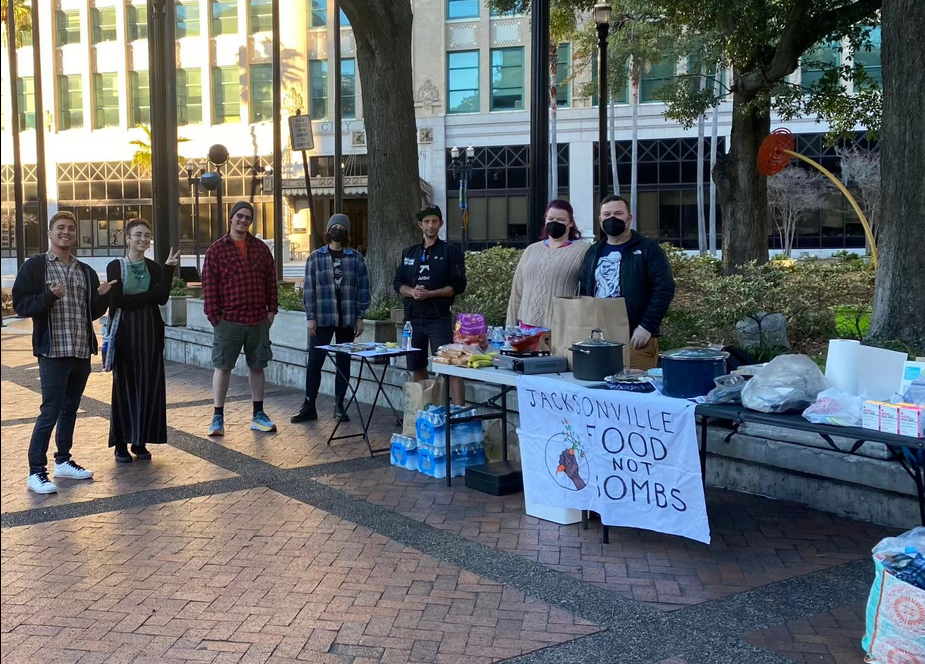
In past installments of this column, we’ve fleshed out ideas about how to to go about forming a group and promoting events, but this time around, we wanted to talk about concrete ideas on starting more long-term projects in your community. While this list isn’t exhaustive, we do hope this presents you with some real ideas about how you might start to begin.
Bring People Together to Discuss What Comes Next
One of our biggest tasks in the current moment, is to get off the internet and discuss with other people how autonomous movements and struggles can organize and connect with people angry about their conditions and disenchanted with established politics. This could look like:
- Holding meetings with a variety of autonomous community groups and projects.
- Holding public events and discussions about getting organized and meeting our needs directly.
- Organizing conferences and regional gatherings featuring speakers, panels, and workshops.
Strengthen an Existing Project

Before you go out and take on the world, you might consider working to expand and contribute to an existing organizing project. This might look like:
- If you’re city or town has a mutual aid project, see if you can not only volunteer, but expand the project. Bottom-line tasks and take on work so that a project can grow.
- Set up a distro or zine table at your local mutual aid program.
- Volunteer to do childcare at your local tenant union meeting, so people with children can remain involved in organizing spaces.
- Take a shift at an autonomous space in your community so it can stay open longer and more often. Take on a project around the space.
Build Regional Capacity
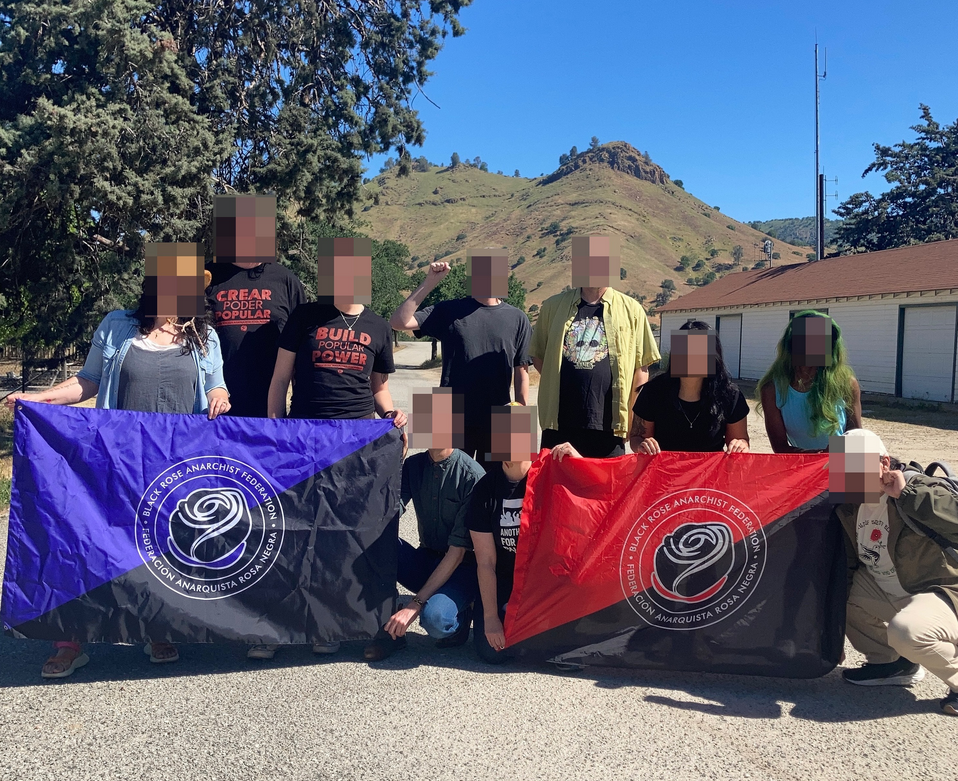
One of the most important things we can do is build up our capacity to organize and take action in our local regions. But in order to do that, we need to build and strengthen our networks. This means cultivating face to face relationships built on trust, sharing resources, and supporting our shared struggles in different locations. This could look like:
- Hosting regional meet-ups, gatherings, and collectively organized events like bookfairs.
- Coordinating to collaborate on various struggles and projects.
- Learning from our different experiences which are informed by different material conditions.
- Working to bridge the divide between rural regions and large cities.
- Seeing what resources and infrastructure we can use as communal resources. Does one city have the ability to print materials while another can put on community events in a space they have access to? Does one group help run a community defense group that can provide security while another can help facilitate a meeting? Organize to see how these various skills can be utilized while helping those without access.
Mutual Aid
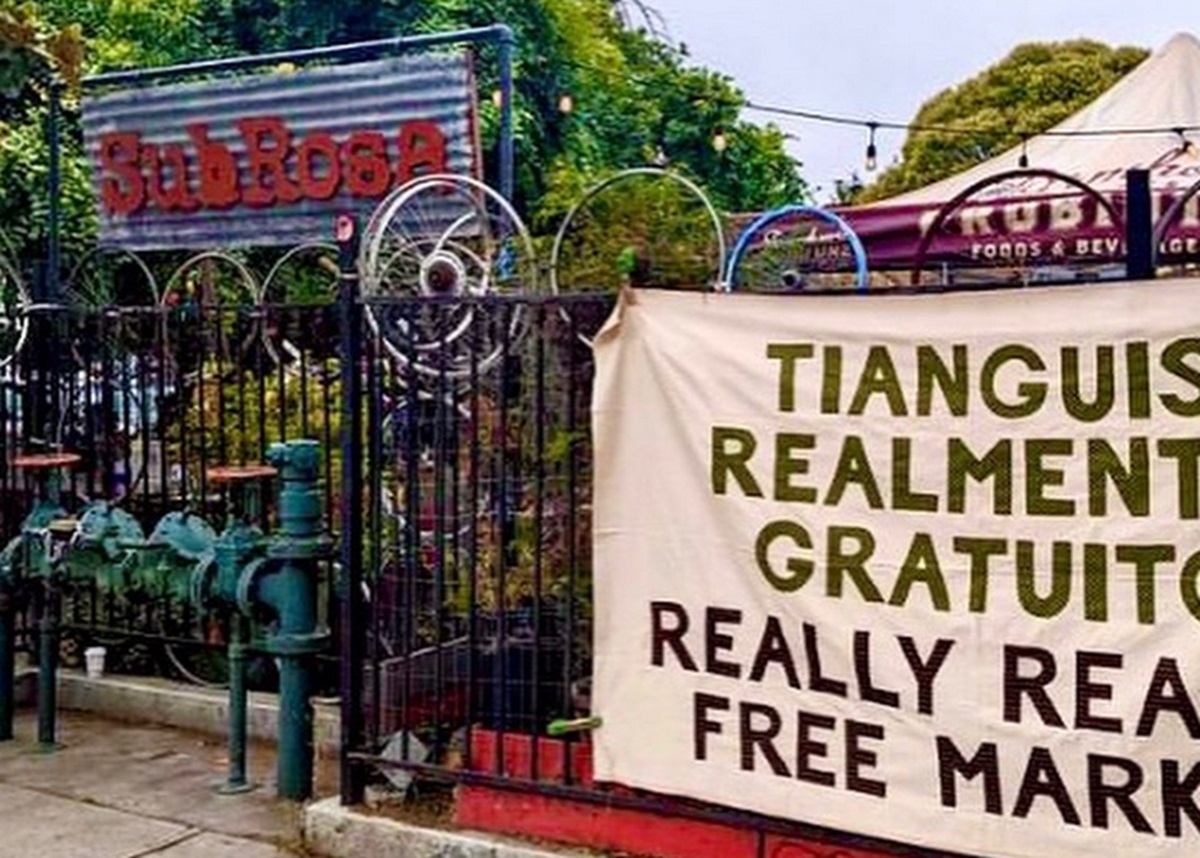
Mutual aid projects have long been a part of autonomous movements and in the wake of the pandemic in 2020, they exploded across the social terrain. Mutual aid projects are powerful because they meet real needs in our communities, bring people together to build infrastructure, and also help build connections in our communities. Here are some examples of mutual aid projects you may consider starting up:
- Really Really Free Market: A practice in gift economy, Really Really Free Markets are spaces were people bring together items they want to give away and take things that they need from other donations. Check out this guide from CrimethInc. here.
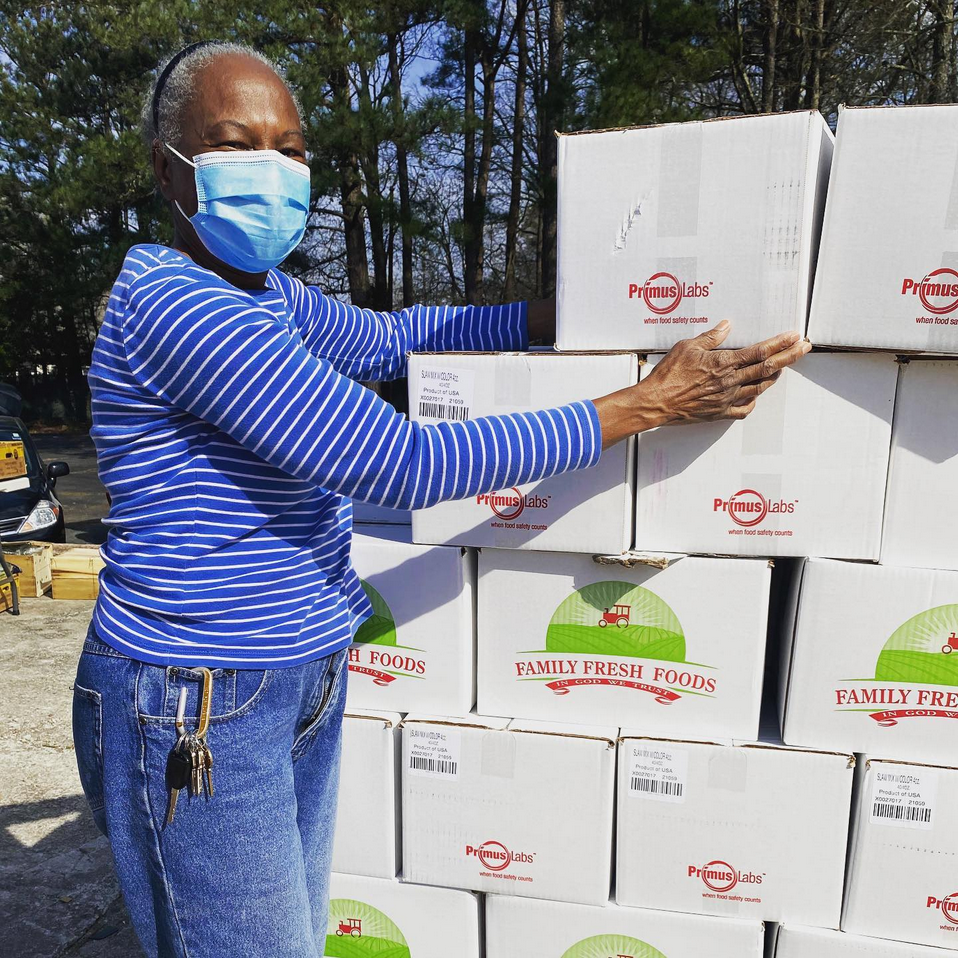
- Food Not Bombs: Food Not Bombs collectives give out food for free in public spaces, often pushing back against laws targeting the poor and houseless. Go here for more info.
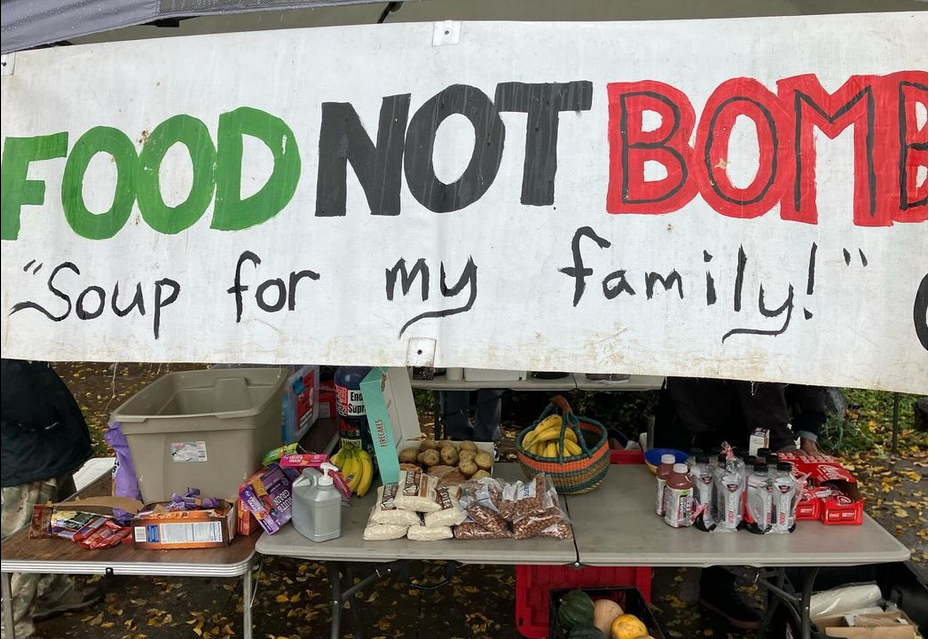
- Survival programs: Some autonomous groups have organized a wide variety of mutual aid programs to meet specific needs in their communities. In Atlanta, Food 4 Life helps run an autonomous grocery program. In Washington DC, the Remora House has a mobile distro that supports houseless people. Other examples include collectives supporting harm reduction programs, distributing masks and other PPE, community free fridges, and access to reproductive healthcare.
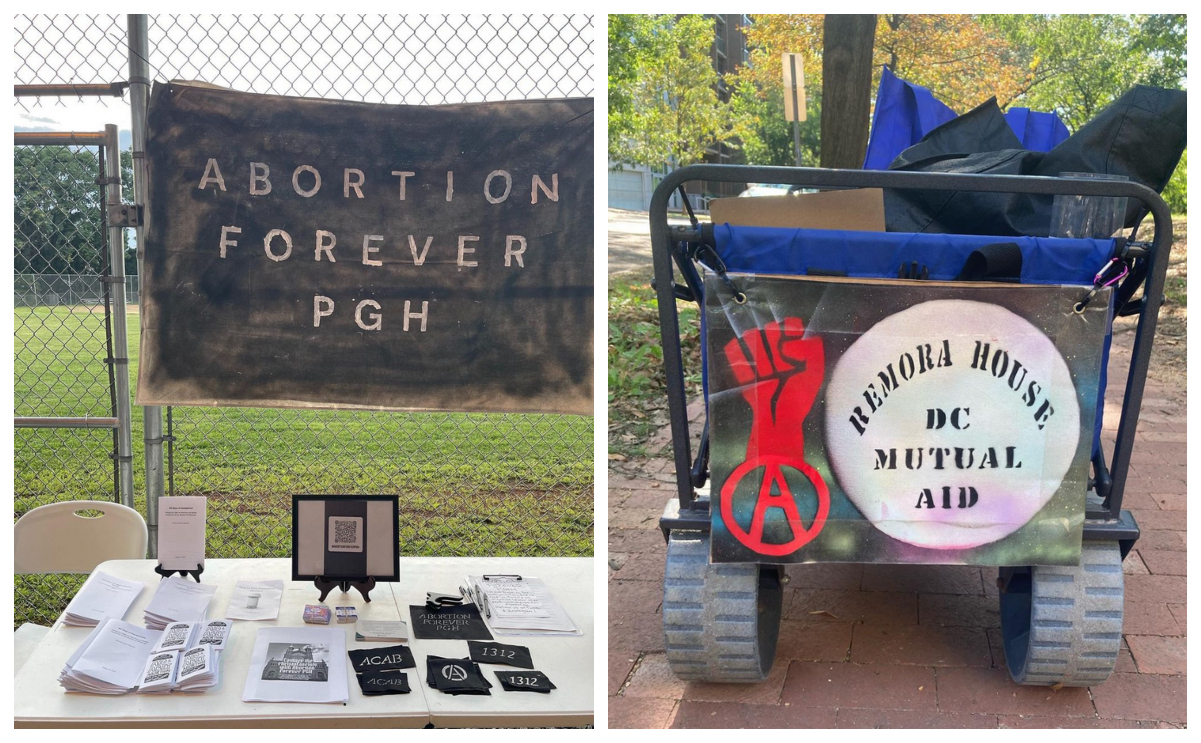
- Mutual Aid Disaster Relief: MADR is a network that is providing autonomous mutual aid and disaster relief in communities hit by hurricanes, wildfires, and beyond. Check out their website and Instagram for concrete examples of this work in action. Some cities also have mutual aid hubs in impacted areas.
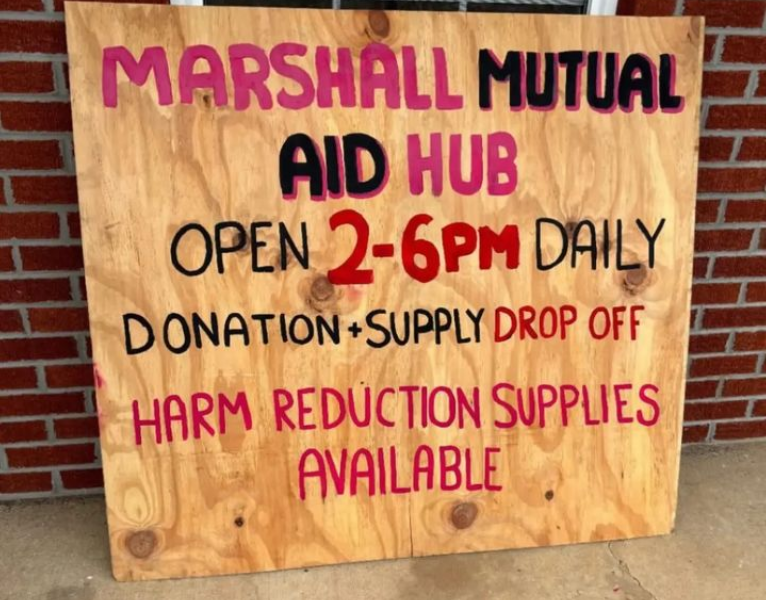
Zine Distros and Counter-Info

Distributing literature and setting up counter-info infrastructure is central to bringing people into autonomous movements and struggles. Across the world, there are many autonomous spaces and community centers, sometimes referred to as infoshops, where people can pick up zines and other publications. Often times however, people create mobile forms of literature distribution, sometimes called “distros” for short. These distros table at community events, mutual aid programs, concerts, and out in the general public. Here’s some tips to get started:
- Check out what publishers like CrimethInc., AK Press, and PM Press have up for offer online. Consider ordering materials to table with. Projects like Municipal Adhesives also sell cheap stickers. Sites like Sprout Distro, Semo Distro, 1312 Press, It’s Going Down, Ill Will, and CrimethInc. all have a lot of zines to check out and print.
- If you don’t have access to a printer, consider fundraising to buy one. Some groups sign up for a service that supplies toner and repair machines for low cost. Having access to this infrastructure is key to being able to print out zines, flyers, and other outreach materials.
- Think about where you can table in your community, what events and spaces would benefit from having a distro, and where setting up a table with zines and other materials might be a great way to meet other people and connect. Check out some examples of active distros like Approaching Storm Distro, Pyrophte Distro, Space City Anarchists, Friends Print Collective, Fugitive Distro, and Brittle Bush Distro to get some ideas.
- Consider setting up some sort of counter-info website, social media hub, or publication.
Anti-Repression and Community Defense

Grassroots social movements face repression. Just look at how the State has attacked the labor movement, the Black Panthers, and currently is attempting to smother the struggle against Cop City in a flood of RICO charges. Both parties are also gearing up to railroad the anti-war movement in support of Palestine. Counter-insurgency and police militarization is a deadly reality in the United States and we also face continued threats from the far-Right. With this in mind, we need to build our capacity to keep ourselves safe and also support those targeted by repression. Here are some ideas about how we could organize to do just that:
- Organize a Letter-Writing Night: One of the easiest things we can do is support prisoners on the inside. Organize a regular letter-writing night to connect with and support prisoners on the inside. If someone is located near you, visit them. Support family and friends of a prisoner. Fund-raise to donate to their commissary and help them when they get out. Check out groups like the Anarchist Black Cross (ABC) for groups that are doing direct support.

- Form an Abolitionist Mutual Aid Program: Organize a mutual aid program for those coming out of jails and detention centers. Support ongoing organizing happening on the inside of the prison walls. For examples check out Oakland Abolition and Solidarity, Florida Prisoner Solidarity, SoCal FTP, and Barton Prisoner Solidarity Project. Organizations like the Incarcerated Workers Organizing Committee (IWOC) and Jailhouse Lawyers Speaker (JLS) also support prisoners organizing on the inside.

- Support Bail Funds and Anti-Repression Groups: Support bail funds which help those targeted by state repression. For examples, check out Bay Area Anti-Repression Committee and Puget Sound Prisoner Support.
- Build a Culture in Support of Prisoners: Organize in support of political prisoners on days of action like June 11th, July 25th, Running Down the Walls, and beyond.

- Organize for Community Self-Defense: The more that we are able to keep ourselves safe, the better off we will be. There’s lots of examples of increasing our capacity to defend our movements and spaces; these can look like groups which put on self-defense classes, support access to reproductive healthcare, and organizations such as the John Brown Gun Club and Socialist Rifle Association (SRA) which teach people firearms safety.
Cross-Pollinate and Support Autonomous Projects
If Trump wins or is successful in stealing the election, a new wave of street action is likely to kick off. At the same time, Trump has made attacking protesters a central part of his political brand and both parties have pushed for attacks on the movement in solidarity with Palestine. A Harris victory may also lead to many on the Left being lulled into inaction, much like Biden’s victory in 2020 did. How organized we are and what infrastructure we have in place will determine our ability to mobilize and build in the coming terrain, regardless of who is in power.
We don’t have to do everything, but getting organized in our communities, building up regional capacity and autonomous mutual aid, infrastructure, counter-media, and our ability to keep ourselves safe, is central to autonomous movements and struggles being able to grow and expand.





